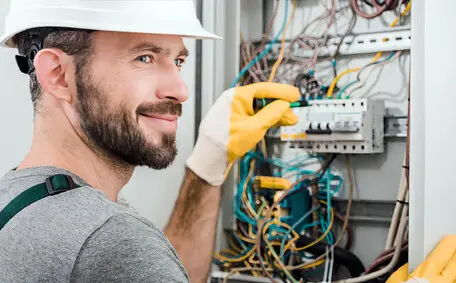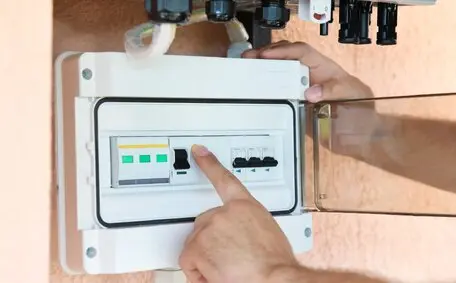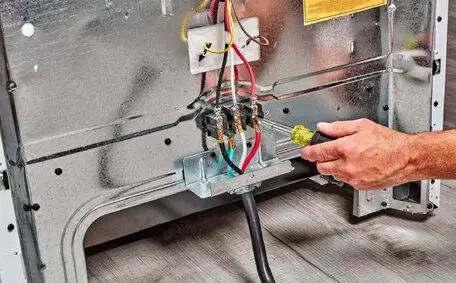
A Step-by-Step Guide To Connecting Power
Are you looking to connect power to your new home? Join us as our experts provide a step-by-step guide to connecting power to your home safely, ensuring a secure and efficient electrical setup.
Read MoreThe critical phase of a construction project often isn’t just about laying the foundation or erecting walls but about powering the entire site. Electricity powers modern buildings, ensuring all technologies and amenities function smoothly.
However, safely connecting and disconnecting power presents potential dangers, demanding strict adherence to safety protocols.
Today, we’ll delve into the significance of electrical safety in construction, explore the Australian Standards that guide this field, and underscore the vital role of Level 2 electricians in Sydney.
Understanding these critical procedures and recognising the importance of qualified professionals helps construction managers, supervisors, and property owners ensure their projects run efficiently, functionally, and safely. Let’s explore the world of construction electricity, where safety and standardisation build tomorrow’s structures without compromising today’s efforts.
In construction, electrical safety isn’t just important—it’s a must. Here in Australia, we follow the AS/NZS 3000:2018, or as many know it, the Wiring Rules. These set the benchmark for keeping our electrical systems efficient and safe.
The Wiring Rules set out comprehensive requirements for designing, constructing, and verifying electrical installations. By adhering to these standards, construction projects ensure that their electrical systems are reliable, efficient, and, most importantly, safe. The standards cover a broad range of criteria, including but not limited to:
These standards aren’t fixed; they’re regularly reviewed to keep up with technological advances and shifts in the construction industry. Therefore, they act as a living document, evolving to capture the best practices in electrical safety.
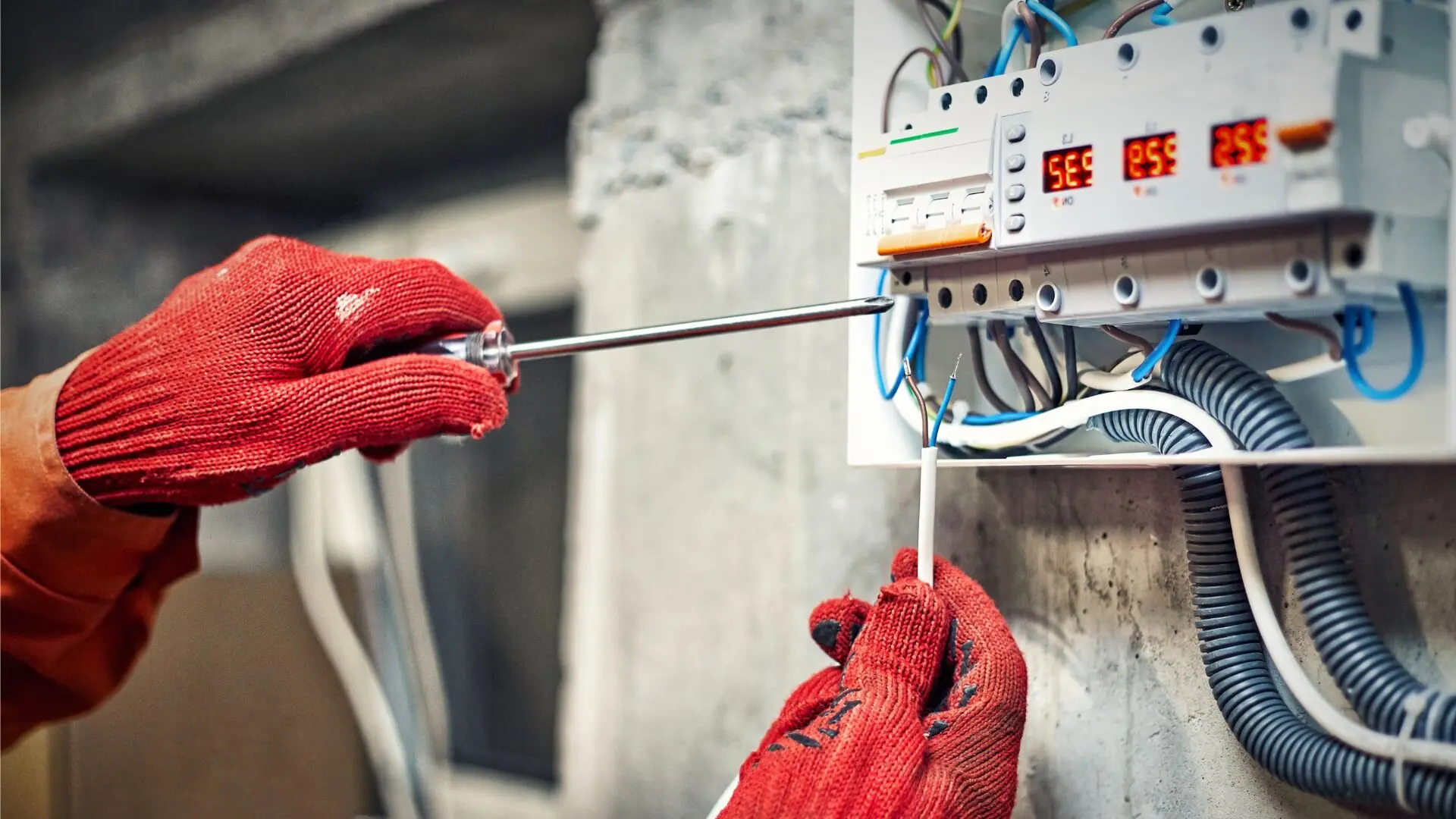
Adhering to the AS/NZS 3000:2018 is crucial for both compliance and assurance. These standards result from extensive collaboration with industry experts, amalgamating the field’s collective knowledge. They primarily aim to prevent electrical accidents, which can lead to serious injuries or fatalities, and reduce property damage due to fires or equipment failures from electrical faults.
Understanding and implementing these standards is fundamental to the work of electrical contractors and construction professionals. They provide a clear framework for safe operation and establish a consistent benchmark for quality.
This is particularly important when connecting and disconnecting power, as this is when the risk of an electrical incident can be heightened.
Level 2 electricians are a distinct class of electrical contractors in Sydney and throughout Australia, possessing advanced qualifications that permit them to work directly with the network service provider’s equipment.
Level 2 electricians have the unique authority to handle tasks that regular electricians can’t, such as safely connecting and disconnecting power from the electricity network. They undergo rigorous training to obtain their license and regularly update their skills to remain proficient.
To become a Level 2 electrician, a tradesperson must qualify and undertake further specialised training. The training covers a range of complex tasks, including but not limited to:
Level 2 electricians are accredited to perform various specialised tasks that regular electricians are not authorised to handle. These tasks include:
This specialisation means that Level 2 electricians are the professionals of choice for safe, compliant, and effective electrical connections for any construction project.
Handling live electrical connections is serious business, requiring both skill and accuracy. Level 2 electricians in Sydney are specifically trained to carry out these tasks, keeping the risk to themselves, the public, and the surrounding infrastructure to a minimum. Here’s a breakdown of their process to ensure everything’s done safely and in line with Australian Standards.
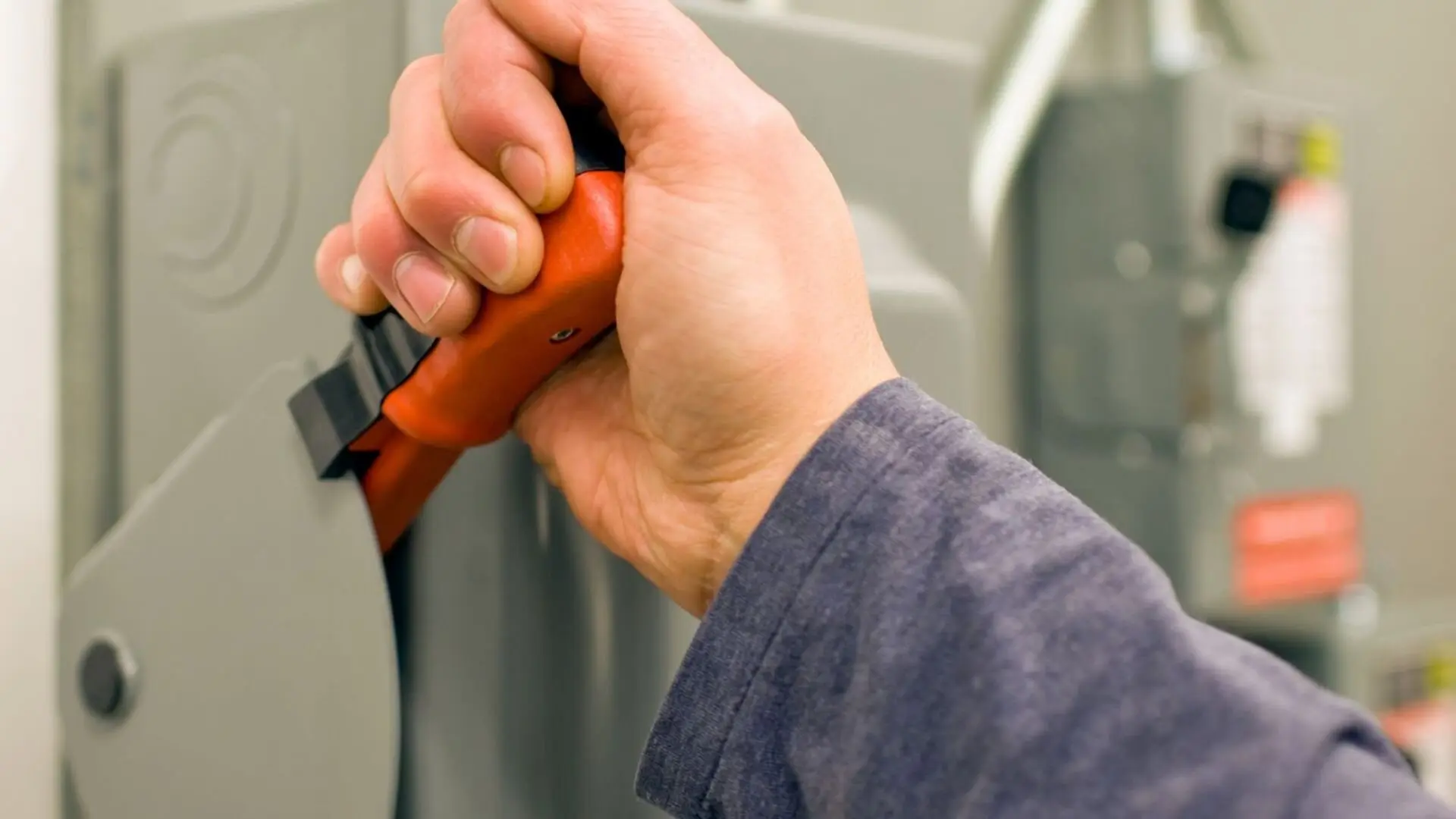
Before any physical work begins, a thorough plan is developed, which includes a detailed risk assessment. This involves identifying any potential hazards and outlining measures to mitigate them.
Utility companies and local authorities obtain necessary notifications and permits. This ensures that all work is carried out legally and with the full knowledge of the relevant parties.
The work area is secured and prepared. This includes setting up barriers and signage to ensure the safety of the public and workers during the operation.
The current power supply is securely isolated to stop any electrical current from passing through the area during work. Lockout or tagout procedures are meticulously followed to keep the power off until the work is finished.
Electricians wear personal protective equipment (PPE), including insulating gloves, safety glasses, and arc flash protection if necessary. All tools and equipment are inspected to ensure they are in good working order and appropriate for the task.
For connections, cables are carefully laid and connected to the main supply. The reverse is done for disconnections, with wires safely removed from the mains. Electricians follow stringent protocols to manage exposed live parts throughout the process.
Once the connection or disconnection is complete, thorough testing is conducted to ensure the system’s safety. This may include insulation resistance testing and checking for correct polarity.
All actions taken during the process are carefully documented. This record-keeping is crucial for accountability, future maintenance, and compliance.
If power is disconnected, it is carefully restored. Final checks are performed to ensure everything is functioning correctly and the area is safe for workers and the public.
Upon completion, the Level 2 electrician provides a compliance certificate, a legal document attesting that the work was completed according to the relevant standards and regulations.
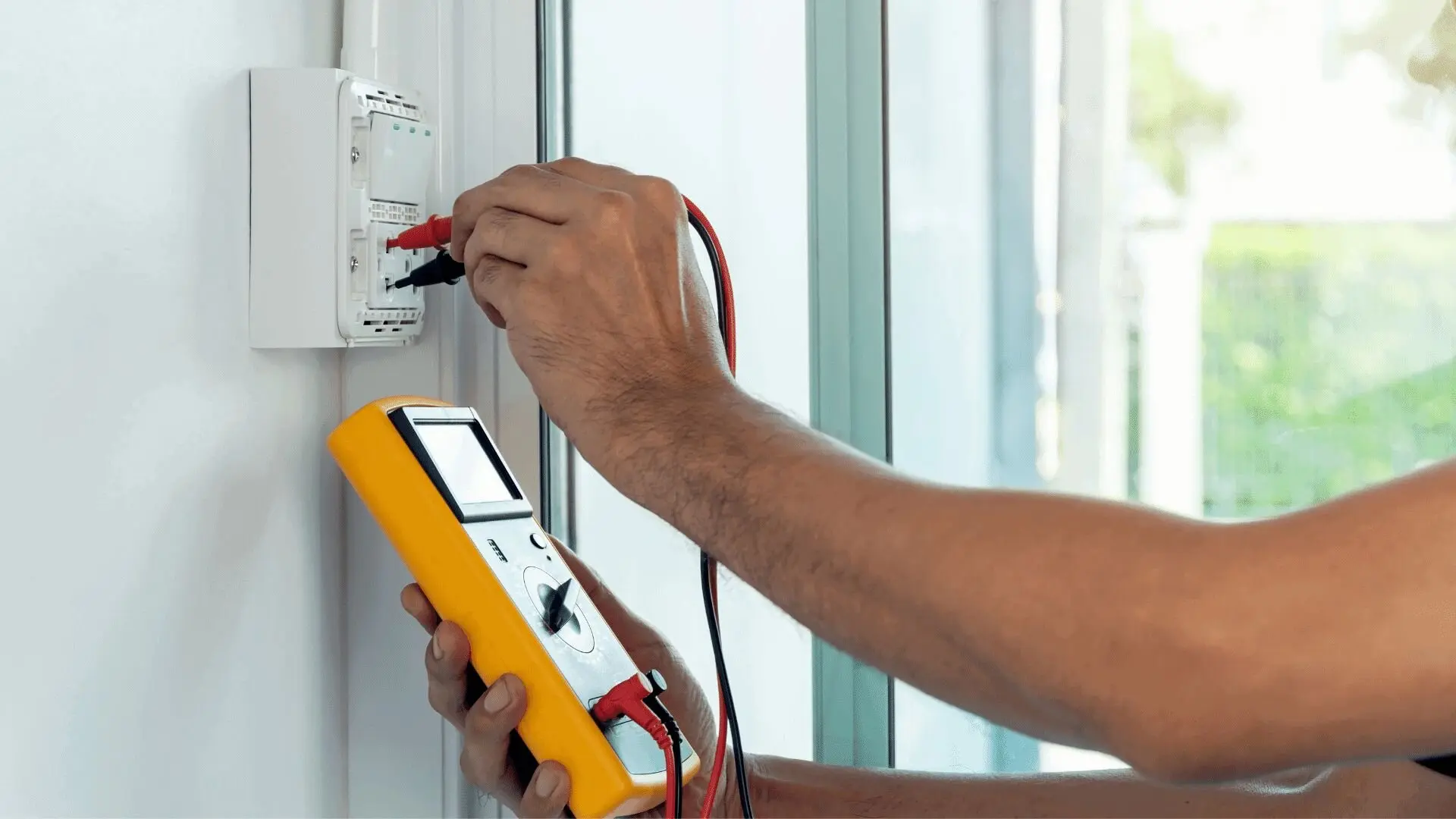
Electricians in Sydney must be licensed to perform electrical work, with Level 2 electricians holding additional qualifications for tasks involving the network service provider’s assets. The Australian Standard AS/NZS 3000, the Wiring Rules, mandates electrical installation design, construction, and verification. Compliance with this standard is legally required and non-negotiable.
Additionally, the National Construction Code (NCC) provides comprehensive guidelines for new building work, incorporating electrical safety norms that must be followed. Alongside the NCC, electricians must also navigate the Work Health and Safety (WHS) Act and its regulations to manage risks associated with electrical work.
Upon completion of electrical work, Level 2 electricians are required to provide compliance documentation affirming adherence to the set standards.
A Certificate of Compliance for Electrical Work (CCEW) confirms that the electrical installation complies with the necessary standards and regulations. This certificate must be submitted to both the service provider and the customer. For work involving connection services, a Notice of Service Work (NOSW) is also required, indicating that the service has been installed or repaired correctly and safely.
In some instances, an Electrical Safety Certificate (ESC) is also necessary to assure the customer that the work has been tested and is safe to use.
Compliance documents are crucial as they provide legal proof that the electrical work complies with the relevant laws and standards. They hold electricians accountable for their work and offer a clear record for future reference in case of disputes or investigations.
These records also act as an ongoing safety log, vital for subsequent maintenance or modifications. Furthermore, in the event of an electrical incident, the presence of proper documentation is essential for insurance purposes or when lodging claims.
Understanding the critical importance of proper electrical work, it’s paramount for individuals and businesses to choose an electrical service provider with the expertise and a strong emphasis on compliance and safety. Bright Force Electrical stands as a beacon of excellence for anyone seeking electrical services in Sydney.
As a trusted provider, Bright Force Electrical offers the assurance that all electrical work is carried out by qualified Level 2 electricians who are up-to-date with the latest standards and regulatory requirements. With a commitment to safety, quality, and customer satisfaction, Bright Force Electrical is the ideal partner for all your electrical needs.
Don’t take risks with safety and compliance for electrical work. Reach out to Bright Force Electrical today to ensure your projects are managed by professionals who prioritise your needs and adhere to top service and legal standards.
Did you enjoy reading our article “Safely Connecting and Disconnecting Power in Construction Projects”? We have many related articles you may also be interested in reading, like the below:
Are you looking to connect power to your new home? Join us as our experts provide a step-by-step guide to connecting power to your home safely, ensuring a secure and efficient electrical setup.
Read MoreDiscover the significance of correctly connecting power for your safety and electrical system’s efficiency. Read our guide to ensure a secure and optimised setup.
Read MoreRelocating your business? Don’t let power concerns delay your opening! This guide simplifies connecting electricity to your new location, ensuring a seamless transition and keeping your business running smoothly.
Read MoreWe will call back as soon as possible.
